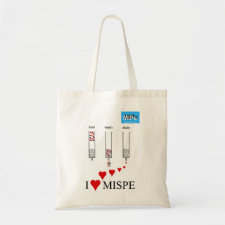
Authors: Miyajima T, Sohma K, Ishiguro S, Ando M, Nakamura N, Maeda M, Takagi M
Article Title: A physiochemical study on the origin of the imprinting effect.
Publication date: 1997
Journal: Abstracts of Papers of the American Chemical Society
Volume: 213
Issue: (IEC)
Page numbers: 148.
Abstract: A Cu2+-ion selective resin was synthesized by a template polymerization technique using oleic acid as a host surfactant and divinylbenzene as a matrix-forming monomer. Acid-dissociation and complexation equilibria of both Cu2+-ion templated and non-templated resins were studied potentiometrically by the use of a glass electrode and a Cu2+ ion-selective electrode. These equilibria are highly sensitive to the added salt concentration levels together with the degree of dissociation of the resin which arises from the polyelectrolyte nature of the carboxylated resins. By correction for electrostatic non-ideality, the microscopic information on the complexation of the resins has been extracted and the intrinsic imprinting effect has been evaluated. The origin of the imprinting effect will be discussed by comparison of the complexation behavior of these two-dimensional polyelectrolytes with a linear (one-dimensional) polyelectrolyte



Join the Society for Molecular Imprinting

New items RSS feed
Sign-up for e-mail updates:
Choose between receiving an occasional newsletter or more frequent e-mail alerts.
Click here to go to the sign-up page.
Is your name elemental or peptidic? Enter your name and find out by clicking either of the buttons below!
Other products you may like:
 MIPdatabase
MIPdatabase









